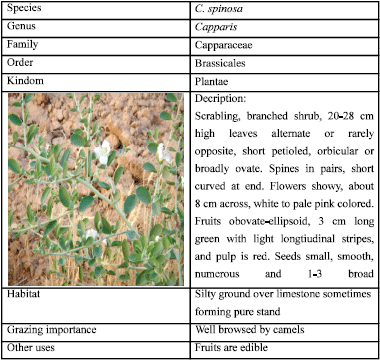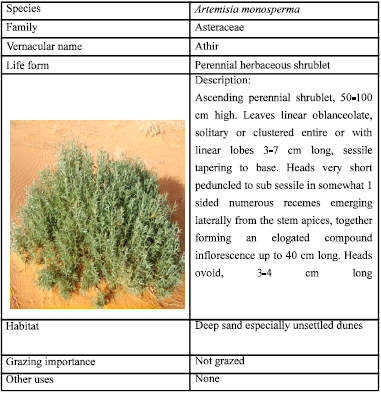Research Article
Antioxidant Activity and Biological Evaluation of Hot-water Extract of Artemisia monosperma and Capparis spinosa Against Lead Contamination
Department of Plant Production and Protection, Faculty of Agriculture and Veterinary Medicine, Qassim University, P.O. Box 6622, Buraidah, 51452, Qassim, Saudi Arabia
















